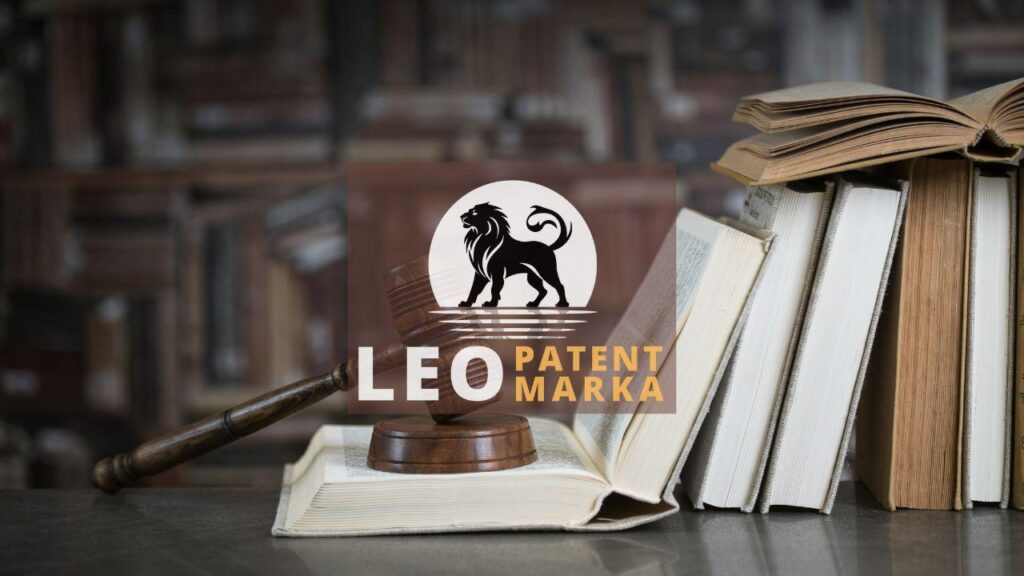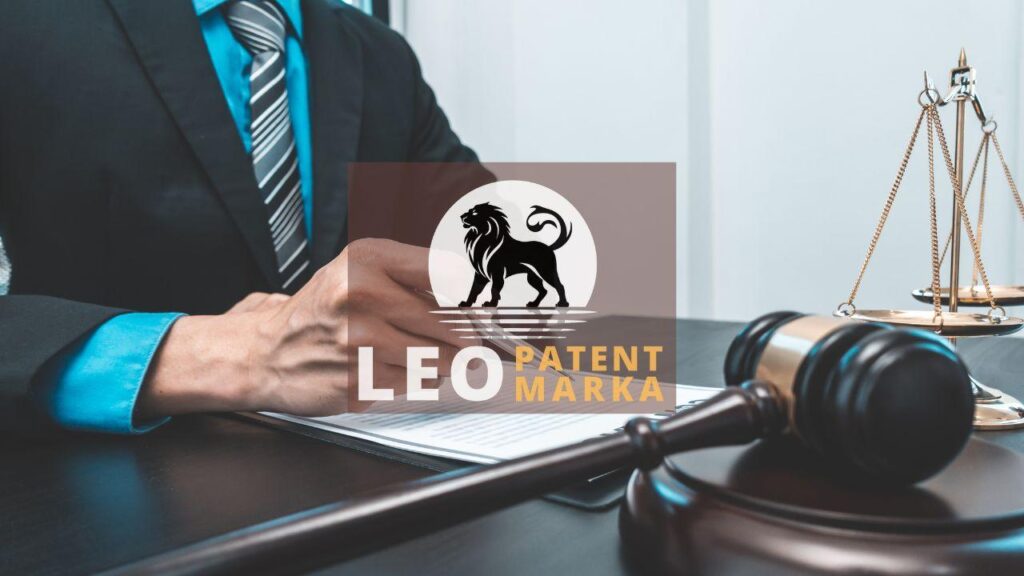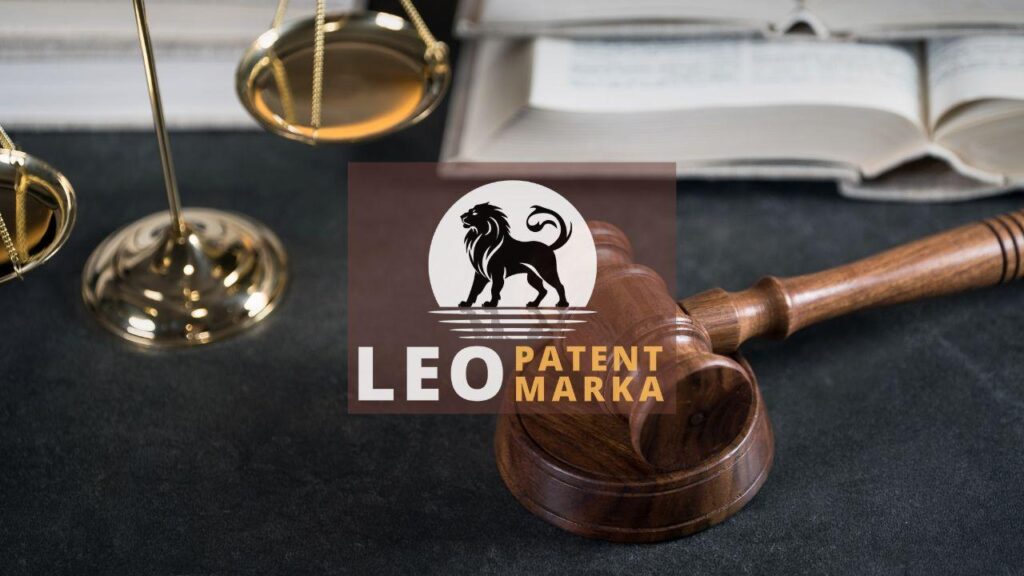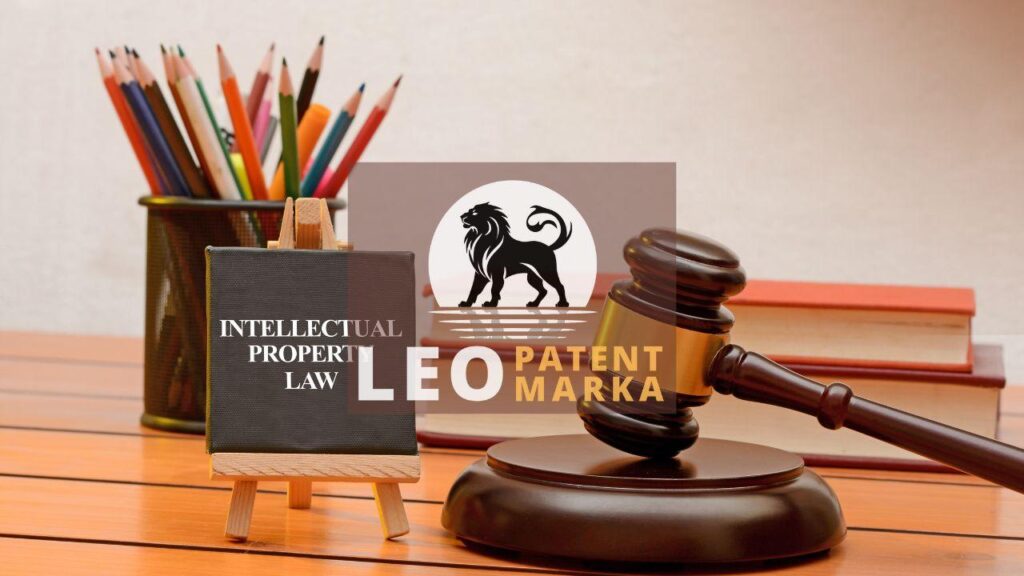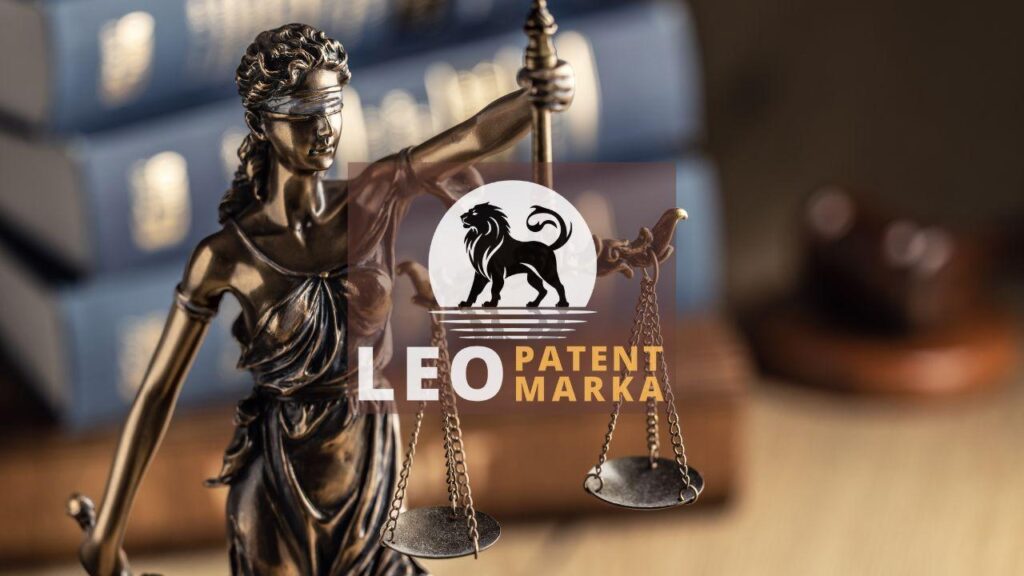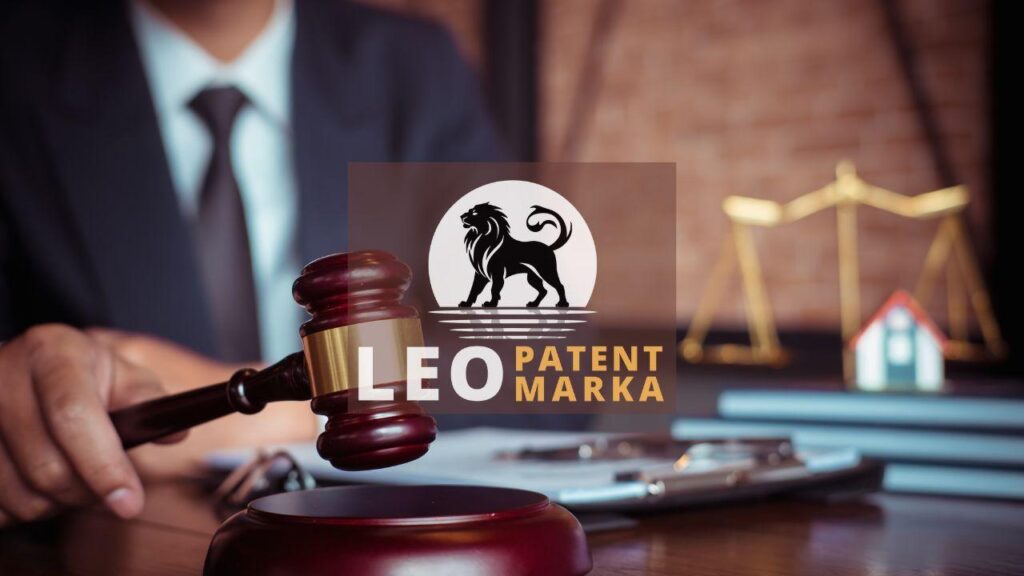Navigating the waters of IP licensing negotiation can be as tricky as finding your way through a maze. Yet, mastering the art of contract negotiation is crucial for anyone dealing with intellectual property. Why? Because a well-crafted licensing agreement can be the ticket to ensuring your ideas stay protected while generating revenue. Here’s the harsh truth: if you don’t get it right, you’re essentially leaving money on the table. Does the thought of facing complex terms and conditions make you cringe? Don’t worry—effective negotiation tips can transform a daunting task into a manageable process. As you dive into the world of IP licensing, clarity and preparation are your best allies. A straightforward approach will simplify your journey, keeping you ahead of potential pitfalls. Remember, diving into this with strategic insight is like having a map to navigate unfamiliar territory, ensuring both protection and profit along the way.
Essential Strategies for Successful IP Licensing Negotiations
Successful IP licensing negotiation relies on a clear-cut strategy, akin to plotting your course before setting sail. First and foremost, know your intellectual property inside out. Understanding its value and potential applications will strengthen your position significantly during contract negotiation. Next, conduct thorough research on the other party involved in the licensing agreement. This provides a tailored approach to your negotiation tips, ensuring they align with their needs while safeguarding your interests. Don’t underestimate the power of preparation—anticipating objections and having counterarguments ready can turn the tide in your favor. Clear communication is also a critical factor; laying your cards on the table avoids misinterpretations and fosters a cooperative atmosphere. Remember, successful intellectual property negotiations hinge on the balance between assertiveness and flexibility, much like a well-played game of chess, allowing both parties to benefit and walk away satisfied.
One critical component of IP licensing negotiation is understanding the landscape of your contract negotiation. Think of it like setting the foundation of a house—solid and reliable. Begin with defining clear objectives for your licensing agreement. What do you aim to achieve? Whether it’s maximizing profits or expanding market reach, having a clear endgame in sight keeps discussions focused. When contemplating negotiation tips, consider potential royalties, usage rights, and duration. These are the pillars that hold the agreement together. Equip yourself with detailed market data and industry benchmarks to back your intellectual property valuation. This fortifies your position and lends credibility to your demands. Remember, negotiation isn’t just about what you want; it’s also about understanding the other party’s aspirations. This dual awareness creates fertile ground for a mutually beneficial licensing agreement, akin to a dance where both partners must move in harmony to create something remarkable.
Embrace the art of listening during your IP licensing negotiation—it’s not just about talking, but capturing every nuance from the other party. By lending an ear, you gain insights that are silver linings, shaping your negotiation tips into weapons of influence. Listening opens doors to understanding their priorities, often revealing hidden avenues for compromise within the licensing agreement. Flexibility is another secret ingredient, just like water takes the shape of its container. Adjust your contract negotiation stance without compromising on core interests. Intellectual property discussions are a delicate tango, requiring you to present options that resonate with both parties’ ambitions. Sometimes, a simple layer of empathy can turn a cold negotiation table into a collaborative workshop. Keep your language precise and devoid of any ambiguity—clarity is king. Navigate these strategies wisely and you’ll find the landscape of intellectual property negotiations not just manageable, but an opportunity for innovation and growth.
Common Pitfalls to Avoid in IP Licensing Agreements
Stepping into an IP licensing negotiation can feel like walking on a thin wire, balancing opportunity and risk. Common traps lurk, eager to catch the unwary. One frequent mistake? Overlooking the importance of precise terms in your licensing agreement. Vague language is a wolf in sheep’s clothing—it might hide surprises that put your intellectual property at risk. Another pitfall in contract negotiation is ignoring the financial aspects, such as royalty rates and payment schedules. Missing these could leave your revenue streams high and dry. Consider negotiation tips as your daily bread; they’re vital for avoiding costly errors. By paying attention to these details, you safeguard your interests and ensure a fair deal. Remember, each clause in your licensing agreement is like a card in your deck; play them wisely to outmaneuver challenges and secure your slice of success. Stay sharp and keep your IP shielded.
In the maze of IP licensing negotiation, being aware of common pitfalls can set you apart. One trap to sidestep is settling for a one-size-fits-all licensing agreement. Remember, each intellectual property is as unique as a fingerprint; thus, tailor each contract negotiation to suit your specific needs. Don’t underestimate the power of clear communication. Assumptions can act like quicksand, turning a simple negotiation into a quagmire of misunderstandings. Also, steer clear of neglecting termination clauses. These are your safety nets, crucial in ensuring a clean break if the venture takes a wrong turn. Overlooking them is akin to building a house of cards—one gust, and it’s all down. Equip yourself with negotiation tips that emphasize adaptability. This mindset not only fortifies your intellectual property but also paves the way for sustained success. Stay vigilant, and turn these potential traps into opportunities.
In the intricate dance of IP licensing negotiation, there’s one misstep teams often overlook: the enforcement of rights. Imagine it as having a fortress with no guards; your intellectual property, however brilliantly protected on paper, can still fall into peril without proper enforcement measures. Be sure your licensing agreement clearly specifies the protocols for breaches. Without this, your contract negotiation might leave you standing defenseless if a partner chooses to sidestep their obligations. Another common oversight is neglecting to monitor performance regularly. This is akin to planting a garden and walking away, expecting it to thrive. Regular check-ins provide assurance that all parties adhere to the agreed terms. Finally, don’t skip the due diligence process. This is your flashlight in a dimly lit tunnel, illuminating potential risks before you’re too far down the path. With these negotiation tips, you’ll navigate the complex waters safely, ensuring your rights remain secured.
Maximizing Value: Key Terms to Include in Your IP License
When embarking on an IP licensing negotiation, knowing which key terms to include in your licensing agreement is akin to having a toolbox filled with essentials. Start with the scope of the intellectual property license, outlining which rights the licensee will carry. Why is this crucial? It ensures both parties understand the exact parameters of use, avoiding future disputes. Consider also the duration—whether it’s a short sprint or a long haul affects strategy. Detailed royalty structures are another vital piece. They spell out how revenue is split, turning a potential chess match into a clear transaction. Don’t overlook sublicensing rights either. Granting or restricting them can impact business growth. Lastly, bear in mind the exit strategy. Knowing how to cleanly end a contract negotiation is just as important as starting one. These terms together can turn a mere contract into a strong foundation for successful collaboration.
An effective IP licensing negotiation is more than just a series of discussions; it’s a quest for balance and clarity. To extract maximum value from any licensing agreement, dive into specifics. Why leave money on the table when you can secure revenue streams? Start with ensuring your intellectual property’s exclusivity or non-exclusivity is stated. This shapes the agreement’s competitive edge. Next, lay out milestones, intertwined with payment schedules, to directly link performance to financial outcomes. Think of it as blending the art of contract negotiation with precision. Moreover, addressing territory—where the licensing is valid—can open new markets or fortify existing ones. Remember, a change of ownership clause is the unsung hero. It safeguards the IP’s value amidst mergers or acquisitions. Crafting these details with care transforms your negotiation tips into actionable insights, ensuring every term contributes to a prosperous partnership.
Hidden within the fine print, indemnification clauses act as critical safety nets in any IP licensing negotiation. Carefully drafted, they shield parties from unforeseen legal claims, aligning with strategic contract negotiation methods that prioritize risk management. Are you crafting your licensing agreement with these protective measures in mind? Picture them as an umbrella on a rainy day—absolutely necessary. Next, don’t underestimate the power of governing law provisions. The choice of jurisdiction can tilt the scales in your favor, setting the stage for smoother dispute resolution. Alongside these, confidentiality terms play a pivotal role, akin to a vault safeguarding your intellectual property’s value. Lastly, a robust audit clause ensures transparency and trust, allowing both parties to periodically review the financial dealings connected to the IP. When these elements are woven into your agreement, they pave a path toward maximizing value, enhancing the longevity and security of your business relationship.
Disclaimer: This article is for general information purposes only and it is recommended that you consult experts and companies in that field to evaluate your specific situation. We are not responsible for any damage that may arise from the use of the information in this article.


